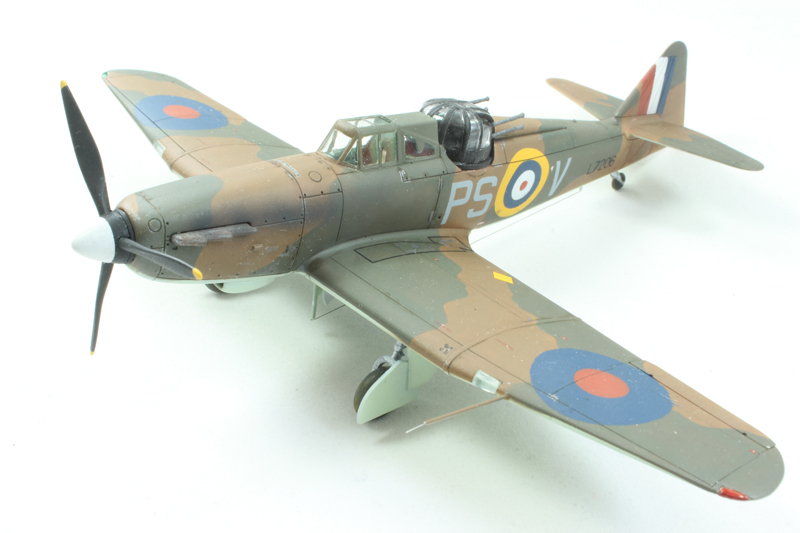I don't actually know of any videos. But, yes you can cut your own stencils (paint masks). That is the difficult part, for me anyway. I never managed to manually cut masks, apart from single discs, which is what you want for Japanese Hinomaru (meatballs).
If you can measure accurately, which I can, and cut accurately, which I can. Where I failed is cutting accurate concentric circles for RAF insignia, so if you can do all that you shouldn't have a problem in actually cutting the national markings. Washi tape (Tamiya type tape) is good, nice and thin and flexible, and low tack. The big issue with it is that it is opaque so positioning can be difficult, so you will need to be able to measure to the outer edge of the masks and know the exact position required. Frisk film is vinyl and clear but it is thicker and less flexible. There are better alternatives out there, "masking films".
There are commercial produces out there but the big problems with those is that:
A). The material that they use (Oramask 810) separates at the cut line, with 24 hours. And, as it separates deferentially, in the X and Y axes then those masks are pretty much useless!
B) They lack instructions. Some times there are no instructions, with others they are minimal. This is fine if you know what you are doing but I guess that you don't? I can help you there as I am more than happy to send you copies of my instructions

The material to use is "Ultra Mask", you can buy it in A4 size sheets or rolls. It is a light grey translucent vinyl material and is 80 microns thick. This is similar to the Oramask 810 mentioned above but the big difference is that this material does not separate.
You might find that the best route to aim for is to use a machine to cut the masks, I forget the names of the hobby ones but you want one that you can transfer your own files to

I paint all markings on my models but I use a high end plotter and precision ground blades. You will be able to achieve good results though if cutting your own, go for it

1/72 Airfix Boulton Paul Defiant, all markings painted on.



















